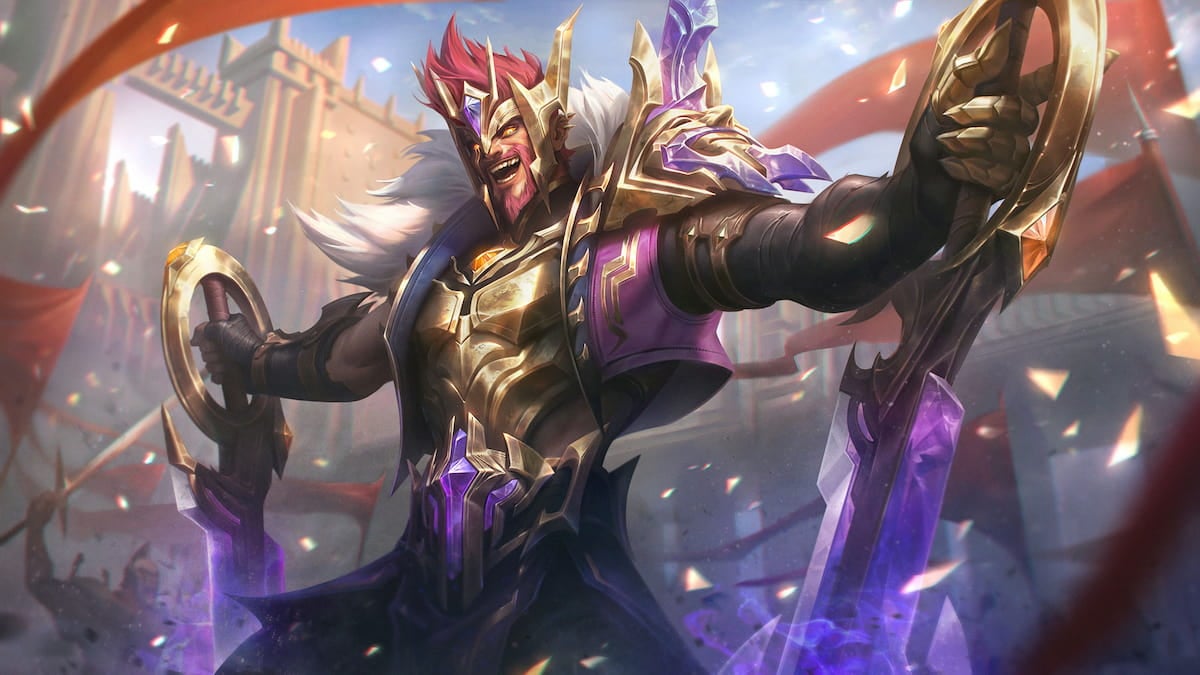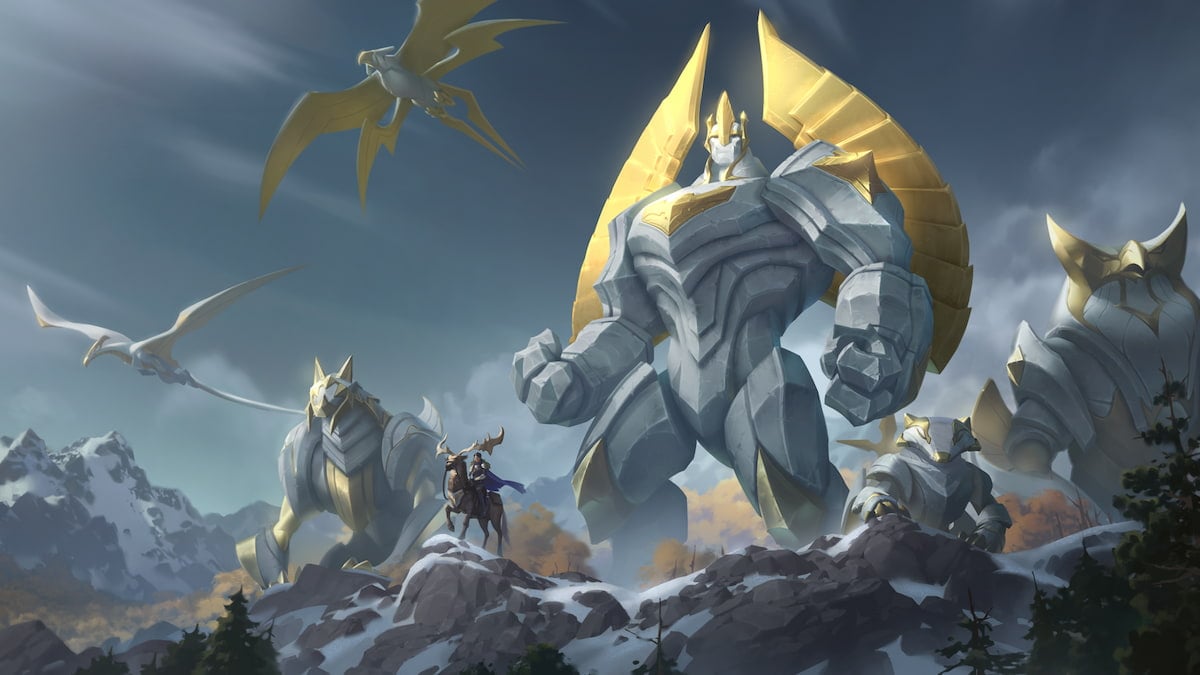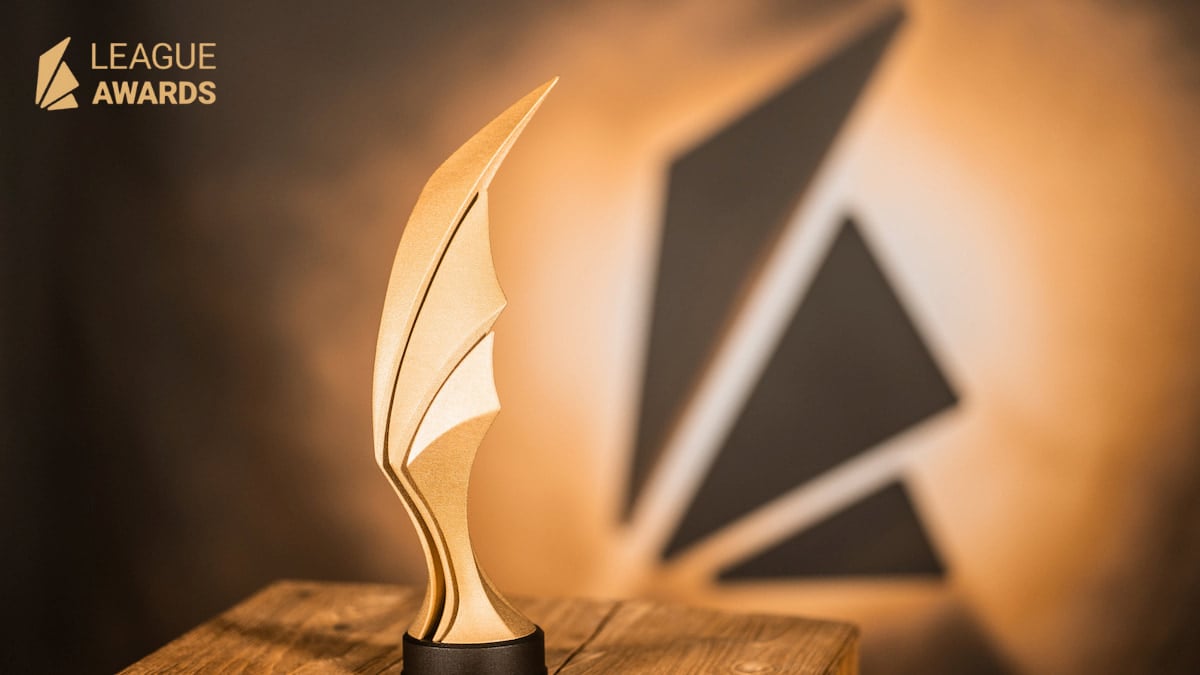Comments made by Riot Games co-founder and president Marc Merrill show that the company behind League of Legends is apparently out of touch with its own esports scene.
Merrill posted a comment on Reddit that chastised Team SoloMid owner Andy “Reginald” Dinh for laying blame on Riot for the volatility of the esports scene the company has developed. Like much of Merrill’s meddling on social media (see: SpectateFaker) the message came off as tone deaf, petty, and out of touch, and showed that the way Riot is approaching its esports development may be based on flawed premises.
Merrill later edited his original comment for clarification, softening the tone. But we have the unedited copy saved for posterity.
 Reddit
Reddit
Merrill takes a shot at Dinh, saying he should pay his players more if he wants more stable, longer careers for those players. Yet Dinh is consistently one of the highest paying owners in the LCS, one who invests extra money and effort into developing his team and franchise. He even offered perks like health care before most other teams.
Merrill also implies that Team SoloMid makes its money from League of Legends and instead of investing it back into the game, uses it to fund teams in other esports at a losing proposition. But according to Dinh, the situation is the opposite: While he invested more in League, other orgs invested in Counter-Strike which makes more money for players through stickers in a single year than Riot Games paid in stipends and icon sales since the inception of the LCS. One of the founders of former LCS team Enemy eSports, Robert “Chachi” Stemmler, said that his team makes more money from skins sales in Smite every month than they did the entirety of the LCS split for icon sales, which amounted to a one-time $3,125 payment.
Dinh outlined his stance in a well-written response on Twitter, deconstructing Merrill’s arguments. Former LCS team owner Christopher “MonteCristo” Mykles, who was ousted by Riot Games due to an alleged deal to give banned former owner Chris Badawi a stake in ownership, posted a video response of his own detailing what he feels was wrong about Merrill’s statement from an ownership perspective.
“Nobody is making millions of dollars from the LCS right now,” Mykles said. “It is very expensive to run an LCS team and there are not enough forms of revenue in League of Legends to really make it worthwhile.”
He then challenged Merrill directly.
“Why aren’t you, Marc Merrill, giving the players more money? You have not given the teams the revenue streams to be able to pay the players more, okay?”
The crux of the issue is this: For League of Legends to further develop as an esport, it needs to generate revenue from its massive popularity. The promise of revenue growth attracts investment. It encourages teams to invest in infrastructure. It encourages teams to invest in talent. Yet Riot is directly impeding the growth of that revenue.
Merrill seems to think that teams are the ones who are driving revenue growth and that they must re-invest that money into the scene for it to continue growing. But the team owners have a different perspective: Not only do they make more money from investments in other esports, Riot Games is directly impeding growth of revenue in League of Legends.
It only makes sense for Dinh to diversify in an industry where Riot has direct control over his company’s ability to make money. There’s no telling when Riot might take an action that ruins his bottom line. One franchise, Renegades, was forced out of the league entirely this year, after all.
“It used to be true that we made money from LoL eSports, but that was before LCS and the economic situation is getting progressively worse,” Dinh wrote in his statement. “Most LCS teams lose money because stipends are stagnant, sponsorships for LCS team operations are shrinking and the cost of player salaries, content production, support staff and housing costs are spiraling up.”
If Merrill and Riot Games want Team SoloMid to invest more into League of Legends, then Riot needs to create systems to support the stability required to encourage more investment in its scene. In fact, that was exactly one point Dinh made in his original interview, yet Merrill is trying to shift the blame.
It’s incredible to even chastise teams about where they put their money when much of the money coming into the League of Legends scene was earned in other esports. EnVyUs bought into the LCS this year and invested in talent and infrastructure, and its money came from Call of Duty. Schalke did the same thing with its soccer money in Europe. Surely Merrill did not complain when Shaquille O’Neal’s basketball money helped attract the biggest name Korean import yet to North America—but that makes his opening statement seem even more petty and self-serving.
And that, in some ways, is the point; of course his statement is self-serving. All parties here—teams, players, Riot Games—are all looking out for their own interests. But when Merrill tries to shift the onus for building the scene to the players, it comes off as out of touch and ridiculous. That’s no better shown than by his now-deleted initial question to Dinh: Why not invest some of those millions he made in League of Legends back into the scene?
Good question, Merrill. Riot reportedly made $1.6 billion in revenue in 2015. Why not invest some of that money has made back into the professional scene? League of Legends is the biggest esport on the planet, yet it’s combined prize pool for all six of its world championships is smaller than the prize won by Dota 2’s best team at The International last month. Prizing for the world championship has barely increased since 2012. Neither has the team stipend, which Merrill is so quick to state shows Riot’s commitment to developing the scene. That $12,500 per player per split (as of 2015) combined won’t even cover a single player on Dinh’s roster, much less pay for the team house, coaching staff, food, health insurance, and other expenses he’s covering for the players.
Right now, investors are excited about the opportunity League of Legends represents. But unless Riot helps develop more ways for teams to generate revenue, they won’t be for long. The increased investment this year is a testament to the size of League esports, but it’s predicated on the potential for future returns, and those returns will only happen if Riot helps realize them. Those investors won’t stay in a highly competitive League market when there are now other alternatives in esports, like Counter-Strike or potentially Overwatch.
The biggest revenue stream in pro sports is broadcast rights (whether through selling ads or the rights themselves), and after six years, Riot still has not monetized its broadcast. That’s Riot’s prerogative, of course, and it surely has valid reasons to maintain control over a production centered around its product. But for the sport to grow, Riot needs to activate that revenue stream and share the wealth the teams and players. That’s one of the biggest obstacles hindering the continued growth of the League of Legends scene, and it’s not perpetrated by Dinh or his fellow team owners, but by Riot Games itself.
The best return on investment for an established brand like Team SoloMid right now is buying into other esports like Counter-Strike: Global Offensive and attracting an even bigger and more diverse fanbase. That’s especially true when companies like Valve provide tools to monetize team success through the sale of in-game items. Riot is hindering them from further capitalizing on the massive fanbase they have in League, and until that changes, we’re only going to see more antagonism between parties like Dinh and Riot Games.
We may soon see a “nuclear war” between owners and Riot Games, Yahoo esports journalist Travis Gafford said on Twitter yesterday. He’s right. As unrest among owners who believe more measures are needed to ensure a stable platform for growth in League of Legends esports, whether that’s through franchising or something else, and Riot Games, we’re heading closer and closer to a world where the owners might strike. If that ever happens, it’s statements like the ones made by Merrill yesterday that will have the playing public landing on the side of ownership and not the titanic company that created the game they love to watch and play.












Published: Aug 23, 2016 03:29 pm